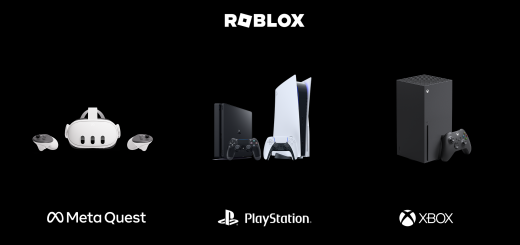Why Virtua Fighter is chess to other fighting game's chequers
I was once told a great urban myth about Sega’s greatest visionary, Yu Suzuki, and one of his greatest games, Virtua Fighter. When Tomonobu Itagaki was designing the first Dead or Alive (which ran on Sega’s Model 2 hardware), he got Yu Suzuki drunk in an attempt to extract the secrets that made Virtua Fighter so glorious. The legend goes that the AM2 boss spilled the beans, but only half of them. Suzuki kept the most important info to himself and Dead or Alive’s fighting system was doomed to an eternal fourth-tier status below Sega and Namco’s 3D fighters, despite adhering to the three-button control mandate and a rock/paper/scissors structure that seemed to be Virtua Fighter’s key to excellence.
It’s clear that Virtua Fighter’s magic was always far more than eight directions, three buttons and an age-old tripartite rule structure. There’s magic in the distinctive, individual rhythms of its characters and the complexity that emerges when players are trying to commandeer the tempo of a fight. It’s in the lack of pyrotechnics and hyperbolic specials and the clarity of feedback this absence provides. It’s in the physicality of the models and the specific dynamics of Suzuki’s Virtua violence – and it’s all very much in the Yu Suzuki mould, where the term ‘Virtua’ has as much to do with creative virtuosity as it does virtual reality.
The last Virtua Fighter to come under Suzuki’s direct influence was Final Tuned in 2004, an arcade-only update to 2002’s Virtua Fighter 4 Evolution, itself a follow-on from Virtua Fighter 4. Both 4 and Evolution had PlayStation 2 versions, but it’s Evolution that stands out as not only the last installment of Yu Suzuki’s fighting game philosophy, but also as a masterful implementation of what a fighting game can be in a console context.
Virtua Fighter 4 sowed the seeds with its Kumite mode; an embryonic simulation of Japanese arcade culture. Evolution’s Quest mode developed it into full maturity with a map of Tokyo sprinkled with arcade locations – a masterstroke that recreated the experience sitting at an Astro City cab and taking on all comers. It was the fighting game as single-player RPG, where XP came in wins and levels came as rank titles. It widened the rewards for victory beyond the VS mode win streak, or the arcade mode completion time, with unlockables, costume items and pictographic emblems for player names, prompting a hugely welcome vein of personalisation.

